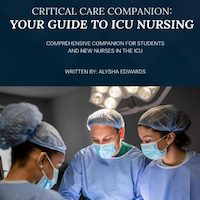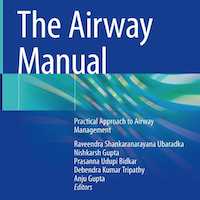Stories Category: Intensive Care
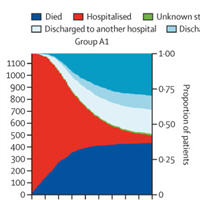
ECMO for COVID-19
Mortality after ECMO for patients with COVID-19 worsened during 2020. These findings inform the role of extracorporeal membrane oxygenation (ECMO) in COVID-19 for patients, clinicians, and policy makers. In 2020, 4,812... read more
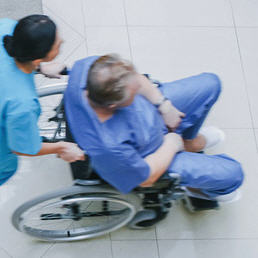
Scripts for Subconjunctival Hemorrhage, Fainting and Syncope, and Viral Illness
Many parts of the ED encounter interfere with patient or family comprehension, not the least of which is the ED's noisy, hurried environment. But other factors affect what they understand and remember about the encounter—their... read more

Dexamethasone 12 mg vs. 6 mg for COVID-19 Patients with Severe Hypoxia
Among patients with COVID-19 and severe hypoxia, dexamethasone 12 mg did not result in statistically significantly more days alive without life support at 28 days than dexamethasone 6 mg. However, the confidence interval... read more
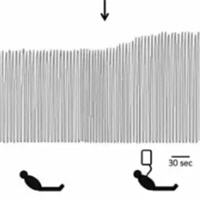
Waveform Capnography in the Intubated Patient
Waveform capnography is emerging as a standard monitoring tool to improve safety among intubated patients. Failure to use waveform capnography contributed to >70% of ICU-related airway deaths in the NAP4 audit. Capnography... read more
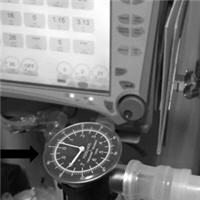
Validation of RSBI Displayed by the Ventilator vs. Standard Technique in Patients with Readiness for Weaning
The ventilator significantly overestimates the RSBI value compared to the standard technique by Wright spirometer. The average RSBI vent value among 5 time points (0, 15, 30, 45, and 60 s) was found to best correlate with... read more
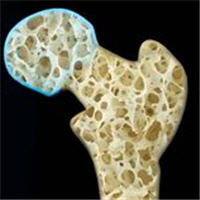
Hypocalcemia in Jaundiced Neonates Receiving Phototherapy
Hypocalcemia is a common complication of phototherapy. Serum calcium levels should be monitored in all the full-term neonates receiving phototherapy. Hyperbilirubinemia was present in 23.3% of neonates admitted to the... read more
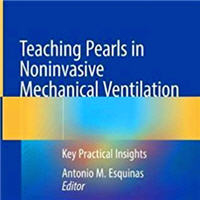
Teaching Pearls in Noninvasive Mechanical Ventilation
This book uses real-world clinical case analyses of hot topics to provide insights into noninvasive mechanical ventilation (NIV). Written by leading international teachers and experts, it features a selection of "major... read more
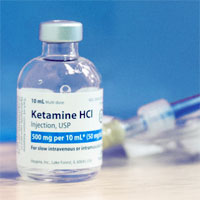
Consensus Guidelines on the Use of Intravenous Ketamine Infusions for Acute Pain Management
Evidence supports the use of ketamine for acute pain in a variety of contexts, including as a stand-alone treatment, as an adjunct to opioids, and, to a lesser extent, as an intranasal formulation. Contraindications for... read more

Continuous Positive Airway Pressure and Pronation Outside the ICUs in COVID-19 ARDS
Continuous positive airway pressure with patient mobilization (including pronation) was effective and safe in patients with ARDS due to COVID-19 managed outside the intensive care unit setting during the pandemic. Of 90... read more

Serum markers of brain injury can predict good neurological outcome after out-of-hospital cardiac arrest
Low levels of brain injury markers in blood are associated with good neurological outcome after CA. Incorporating biomarkers into neuroprognostication may help prevent premature withdrawal of life-sustaining therapy. Retrospective... read more

Higher vs. Lower PEEP in ARDS Patients
In our meta-analysis of RCTs, higher positive end-expiratory pressure (PEEP), compared with lower PEEP, was not associated with mortality in patients without acute respiratory distress syndrome (ARDS) receiving invasive mechanical... read more
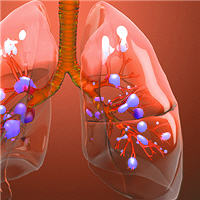
Precision Medicine and Heterogeneity of Treatment Effect in Therapies for ARDS
Acute respiratory distress syndrome (ARDS) is a clinically heterogenous syndrome, rather than a distinct disease. This heterogeneity at least partially explains the difficulty in studying treatments for these patients... read more

Venous Thromboembolism Prophylaxis in Critically Ill Adults
Among critically ill adults, compared to control, low molecular weight heparin (LMWH) reduces incidence of deep venous thrombosis (DVT) while UFH and mechanical compressive devices may reduce risk of DVT. LMWH is probably... read more

Corticosteroids and RCTs Against the Supposed Undervaluation of Real Data Evidence
Possibly, the future of research and clinical practice is not conceived as a confrontation between Randomized control trial (RCT) and observational studies, but rather as the sum of knowledge between RCTs and its clinical... read more

Therapeutic Anticoagulation vs. Usual Care in Noncritically Ill COVID-19 Patients
Among noncritically ill patients with COVID-19 infection, therapeutic anticoagulation with heparin improved the proportion of patients who survived without need for organ support. Therapeutic anticoagulation was associated... read more

We studied how to reduce airborne COVID spread in hospitals. Here’s what we learnt
Melbourne’s second wave of COVID-19 last year, which led to a lockdown lasting more than 100 days, provided us with many lessons about controlling transmission. Some of these are pertinent as New South Wales endures its... read more
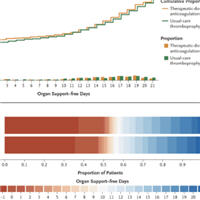
COVID-19 and Anticoagulation: Full Dose or Prophylactic Dose?
In CRITICALLY ILL patients with COVID-19, an initial strategy of therapeutic-dose anticoagulation is not associated with a greater probability of survival to hospital discharge or a greater number of days free of cardiovascular... read more


